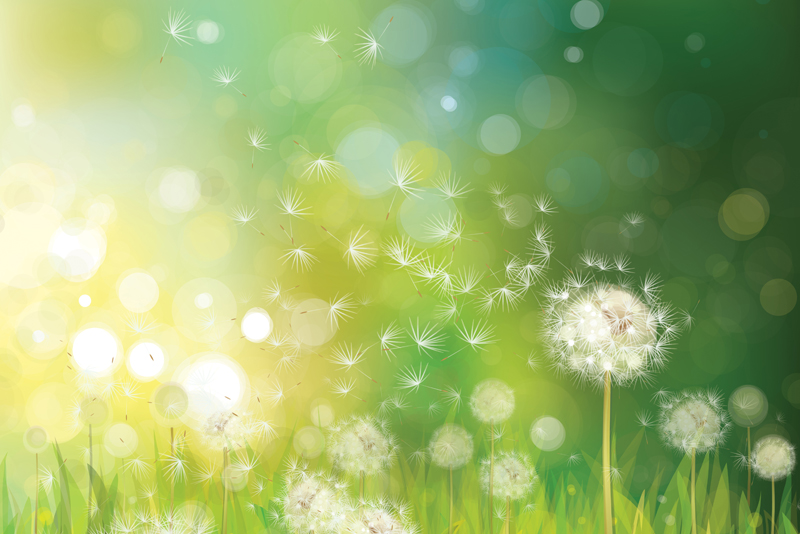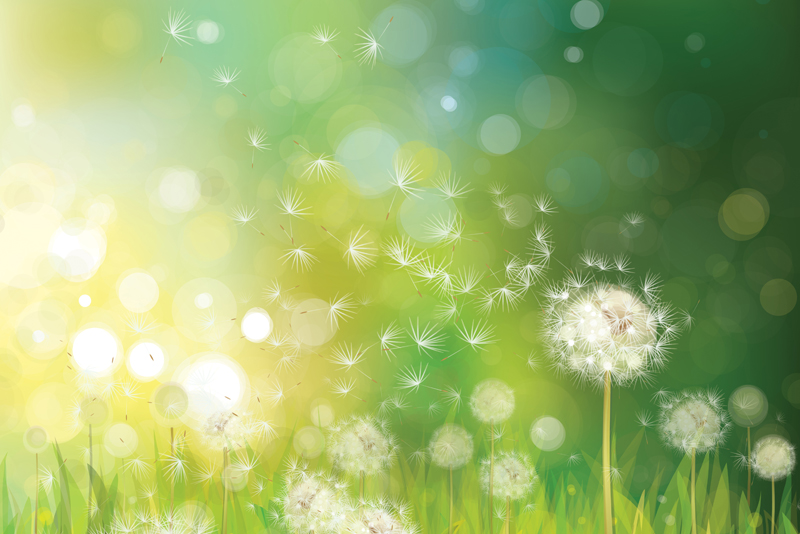Prolific poison ivy

Prolific poison ivy growth may be one of the consequences of increased carbon dioxide (CO2) in the air from climate change. This poison ivy on steroids (CO2) has 60 percent larger leaves with more potent oil, capable of causing more allergic skin reactions that are harder to treat. Approximately 25-40 million cases of poison ivy reactions are seen each year.
Poison ivy is found in all but three states (Alaska, Hawaii and California) and has grown with increasing vigor over the past 50 years. The rule “three leaves, let it be” may help you be on the look out for the shrubs or vines which grow near outer edges of the forest where clearings end and the woods begin.
Symptoms of a skin reaction include redness, swelling, blisters and a burning itch. The oil (called urushiol) penetrates the skin quickly but the allergic reaction may take 12-48 hours to appear.
What does this mean to you?
People spend more time in the outdoors during the growing season. Fifty percent of the population is considered to be sensitive. The amount of oil from the leaves to produce a reaction is less than one grain of salt.
It is estimated that 85 percent of the population will react, maybe not after the first time, but after repeated exposures. CO2 is expected to double by the end of the century which will continue to produce lots of poison ivy.
How can you prevent a reaction?
•Make sure you know what poison ivy looks like and where it might be found.
•Wear long sleeves and long pants when outdoors.
•If someone else gets exposed, you can’t get a reaction from touching someone else’s skin.
How do you treat a reaction?
•Wash off your skin quickly. If possible, don’t wait until you get home. Use a water bottle to flush the area or go to a nearby creek to get water for washing the skin.
•Once home, wash the clothes you were wearing and anything else you might have touched. The oil can linger for months or even years if not washed off.
•Relieve the itch with calamine lotion.
•Or try cucumber slices or mash on the infected area.
•Another remedy is banana peel or watermelon rind on the area.
•Apply an apple cider soaked paper bag.
•Make a baking soda paste of 3 tsp. baking soda and 1 tsp. water and apply. Or soak in a cool bath with 1 cup baking soda.
•Another option is taking an oatmeal bath. Grind 1 cup of oatmeal into a fine powder. Place the ground oatmeal in cheesecloth, tie it off and hang under the faucet as the water is pouring out. Fill the tub with lukewarm water and soak in the tub.
Poison ivy is found in all but three states (Alaska, Hawaii and California) and has grown with increasing vigor over the past 50 years. The rule “three leaves, let it be” may help you be on the look out for the shrubs or vines which grow near outer edges of the forest where clearings end and the woods begin.
Symptoms of a skin reaction include redness, swelling, blisters and a burning itch. The oil (called urushiol) penetrates the skin quickly but the allergic reaction may take 12-48 hours to appear.
What does this mean to you?
People spend more time in the outdoors during the growing season. Fifty percent of the population is considered to be sensitive. The amount of oil from the leaves to produce a reaction is less than one grain of salt.
It is estimated that 85 percent of the population will react, maybe not after the first time, but after repeated exposures. CO2 is expected to double by the end of the century which will continue to produce lots of poison ivy.
How can you prevent a reaction?
•Make sure you know what poison ivy looks like and where it might be found.
•Wear long sleeves and long pants when outdoors.
•If someone else gets exposed, you can’t get a reaction from touching someone else’s skin.
How do you treat a reaction?
•Wash off your skin quickly. If possible, don’t wait until you get home. Use a water bottle to flush the area or go to a nearby creek to get water for washing the skin.
•Once home, wash the clothes you were wearing and anything else you might have touched. The oil can linger for months or even years if not washed off.
•Relieve the itch with calamine lotion.
•Or try cucumber slices or mash on the infected area.
•Another remedy is banana peel or watermelon rind on the area.
•Apply an apple cider soaked paper bag.
•Make a baking soda paste of 3 tsp. baking soda and 1 tsp. water and apply. Or soak in a cool bath with 1 cup baking soda.
•Another option is taking an oatmeal bath. Grind 1 cup of oatmeal into a fine powder. Place the ground oatmeal in cheesecloth, tie it off and hang under the faucet as the water is pouring out. Fill the tub with lukewarm water and soak in the tub.

Related Articles
Editor's Picks Articles
Top Ten Articles
Previous Features
Site Map
Content copyright © 2023 by Sheree Welshimer. All rights reserved.
This content was written by Sheree Welshimer. If you wish to use this content in any manner, you need written permission. Contact Sheree Welshimer for details.



